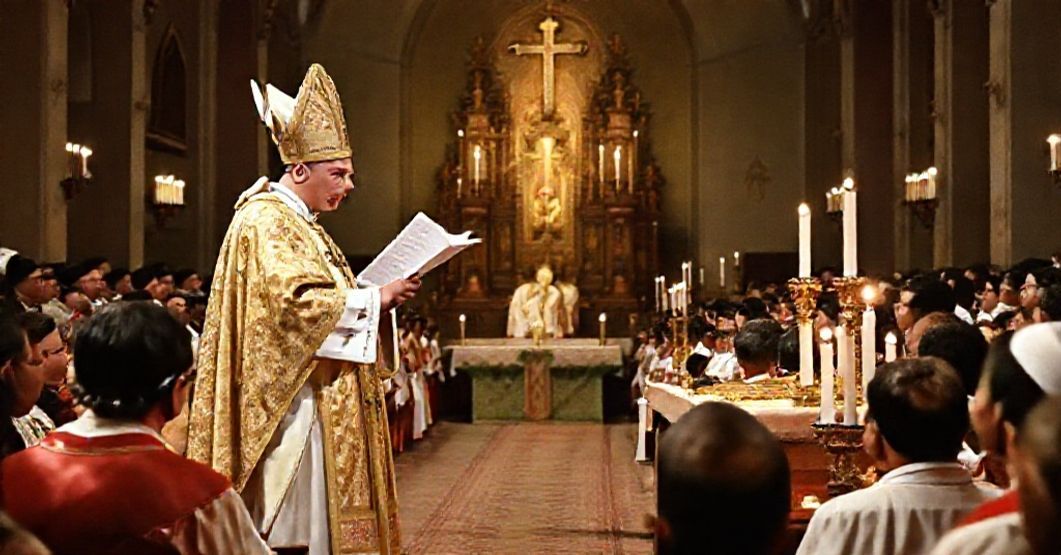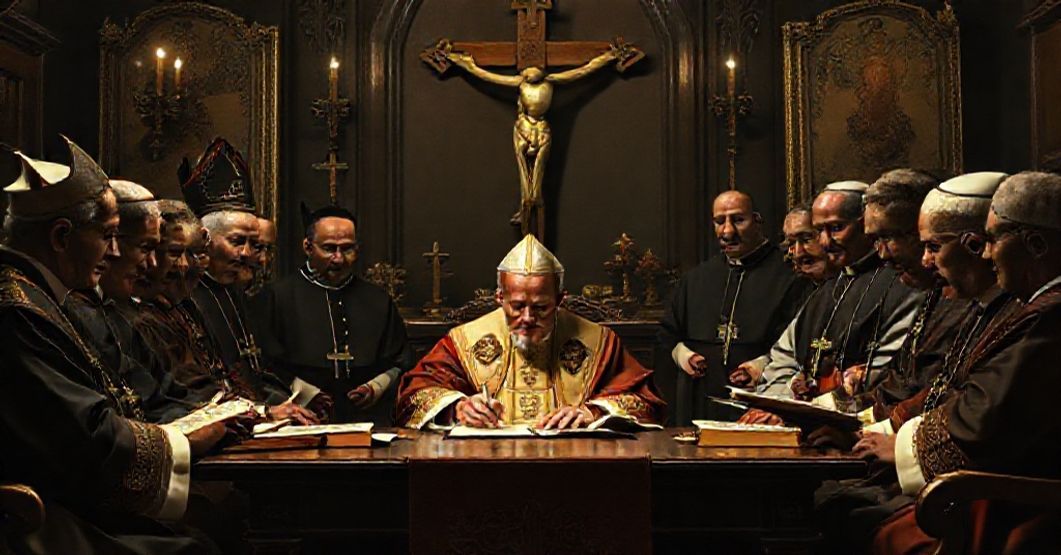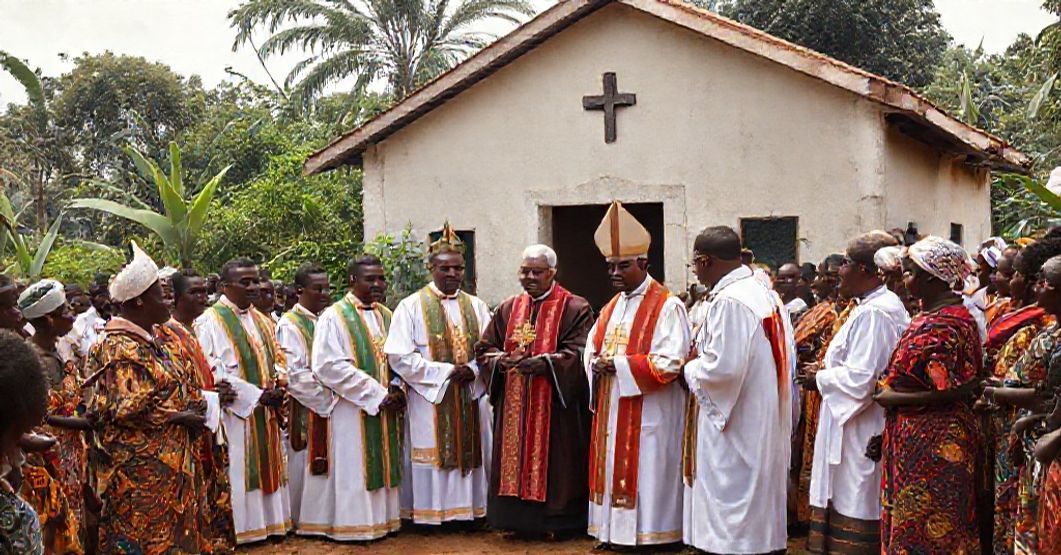Antipopes of the Antichurch



















Timeline of this heretical pontiff
Encyclical Letters
+ 15 posts1959
+ 7 posts1961
+ 4 posts1962
+ 2 posts1963
+ 2 postsApostolic Exhortations
+ 3 postsApostolic Constitutions
+ 93 posts1958
+ 6 posts1959
+ 87 postsMotu Proprio
+ 15 posts1958
+ 1 posts1959
+ 1 posts1962
+ 11 postsApostolic Letters
+ 151 posts1958
+ 4 posts1959
+ 63 posts1960
+ 78 posts1961
+ 1 posts1962
+ 4 posts1963
+ 1 postsSpeeches
+ 99 posts1958
+ 2 posts1959
+ 26 posts1960
+ 29 posts1961
+ 16 posts1962
+ 24 postsMessages
+ 6 posts1959
+ 4 postsHomilies
+ 4 postsLetters
+ 152 posts1958
+ 1 posts1959
+ 48 posts1960
+ 32 posts1961
+ 31 posts1962
+ 30 posts1963
+ 10 postsNot categorized
+ 1 posts1958
+ 1 postsNews feed


Alta stirpe (1960.06.27)
The letter “Alta stirpe” of John XXIII appoints Richard James Cushing as papal legate to the National Eucharistic Congress in Piura, Peru, praising the memory of the 1954 Lima congress, extolling Eucharistic devotion, urging frequent Communion, and stressing the need for more clergy—especially for regions of South America exposed to enemies of the Catholic faith—while bestowing an “apostolic blessing” as a pledge of heavenly aid. Already in this short text, the spirit, vocabulary, and implied ecclesiology reveal not Catholic restoration, but the programmatic consolidation of the conciliar revolution under a pious Eucharistic varnish.


LA IOANNES PP. XXIII (1960.06.27)
Monachium, the 1960 International Eucharistic Congress, is presented in this letter of John XXIII as a triumphant “liturgical station” of the whole world, a symbol of Eucharistic unity, moral renewal, and a preparatory resonance with his decision to convene the so‑called ecumenical council; he commissions Cardinal Testa as his legate to personify his presence, promote Eucharistic devotion, pray for social order, moral reform, and the spread of “Christ’s religion” throughout the world, framing the entire event as a luminous manifestation of “orthodox faith” and Christian humanism radiating from Munich. One must say it plainly from the outset: this text is a polished manifesto of the conciliar revolution, which instrumentalizes Eucharistic language to inaugurate a naturalistic, ecumenical, and anthropocentric program alien to integral Catholic doctrine.


PortaLegrensis in Brasilia (1959.06.20)
The constitution “PortaLegrensis in Brasilia (S. Crucis in Brasilia)” of 20 June 1959, issued by antipope John XXIII, decrees the detachment of several territories from the Archdiocese of Porto Alegre in Brazil in order to erect a new diocese named “Sanctae Crucis in Brasilia” (Santa Cruz do Sul). It delineates civil and ecclesiastical borders, designates Santa Cruz do Sul and its parish of St John the Baptist as episcopal see and cathedral, regulates canonical dependence as suffragan to Porto Alegre, orders the erection of a seminary, defines the composition of the episcopal mensa, and prescribes the canonical transfer of archives and clergy in conformity with the 1917 Code of Canon Law.


NGOZIENSIS – KITEGAËNSIS (1959.06.11)
The document issued in 1959 under the name of John XXIII, titled in Latin “Ngoziensis – Kitegaënsis (Usumburaënsis),” decrees, through canonical and territorial provisions, the subtraction of specific regions from the Apostolic Vicariates of Ngozi and Kitega in the then Ruanda-Urundi, in order to erect a new Apostolic Vicariate of Usumbura. It praises the work of the Missionaries of Africa, assigns special emphasis to the selection and promotion of indigenous clergy, grants to the newly created vicariate the usual rights and obligations, and clothes the entire act in solemn legal formulas demanding obedience and threatening penalties for non-compliance.
Varia
Announcement:
– News feed –implemented
– Antipopes separate web sites with their all documents refutation – in progress
